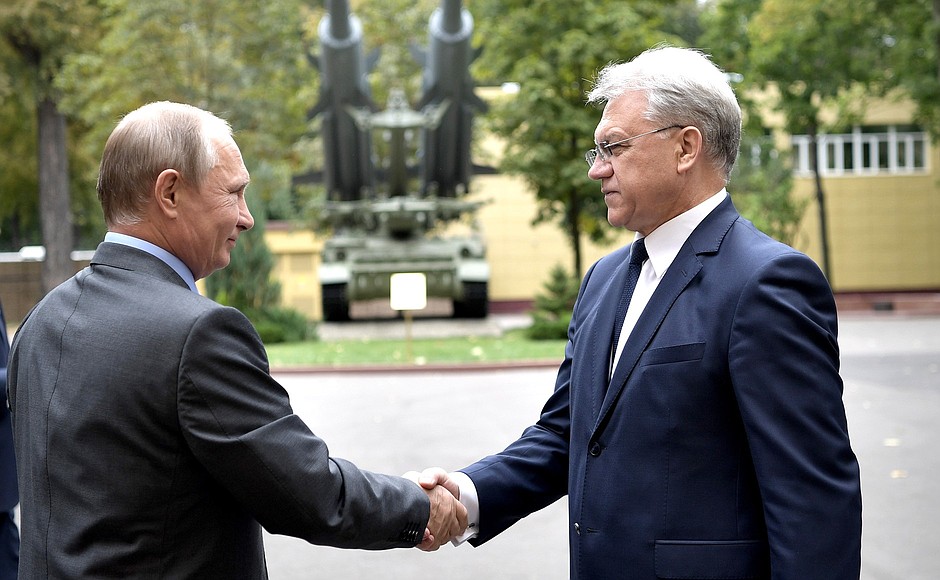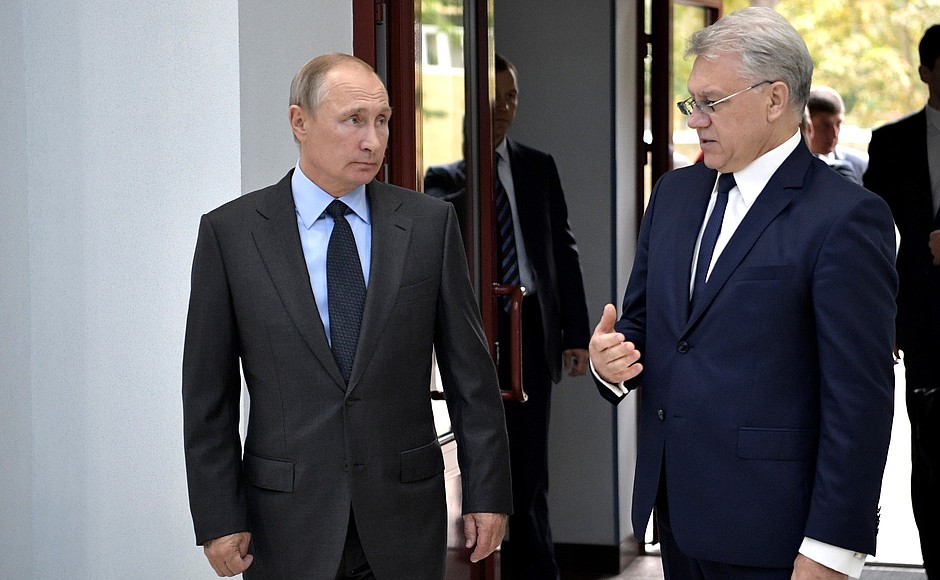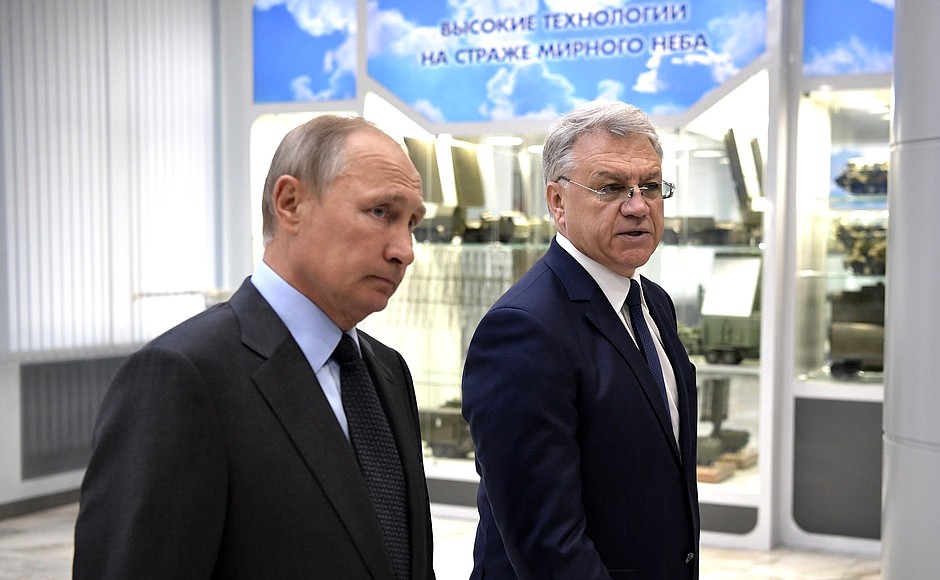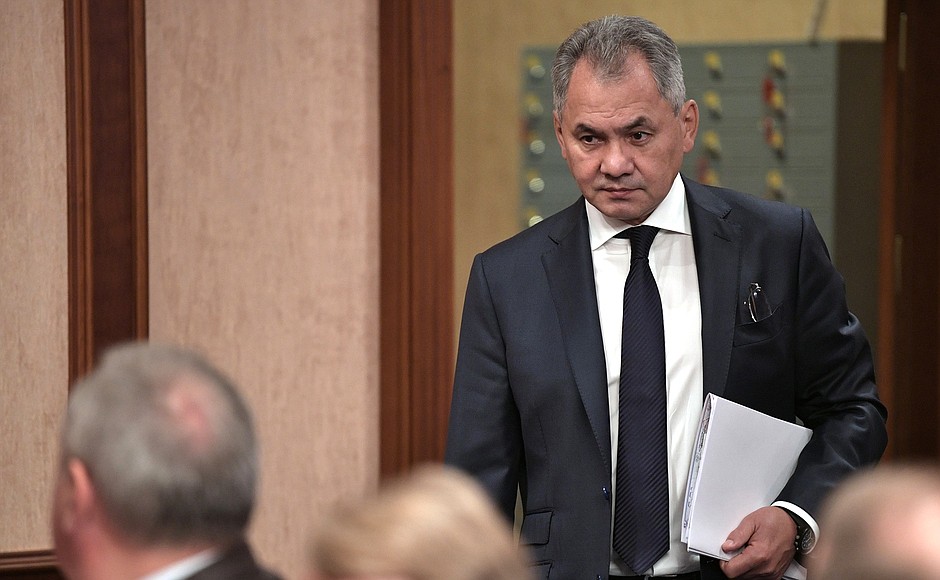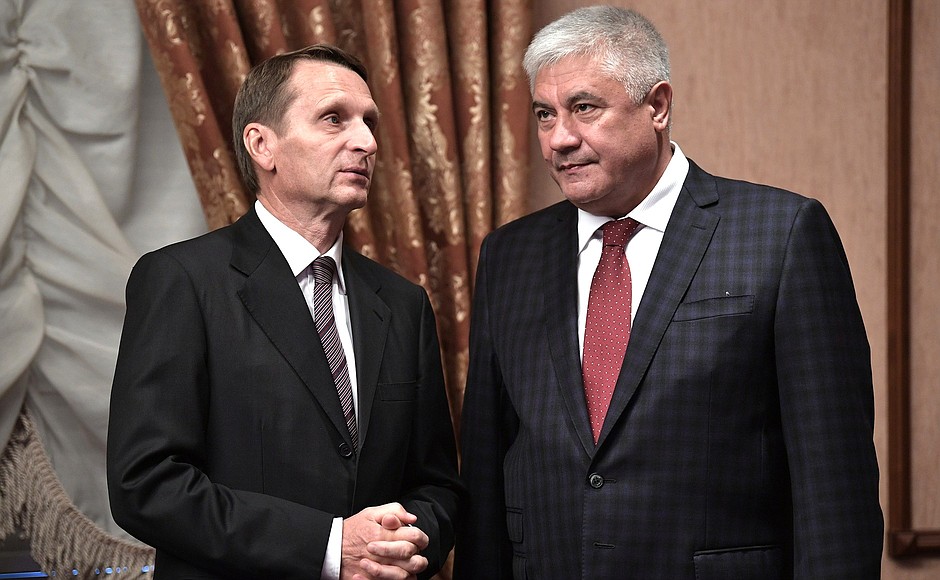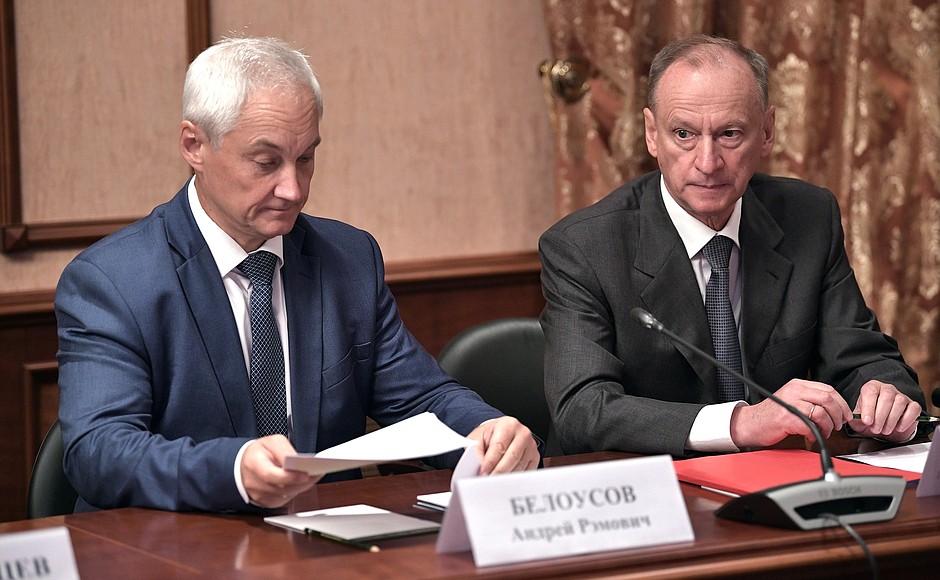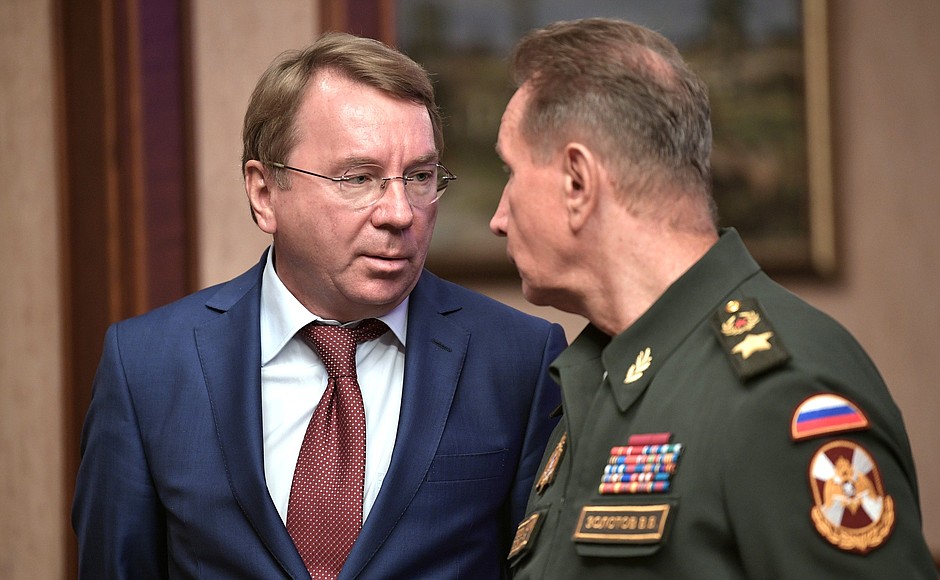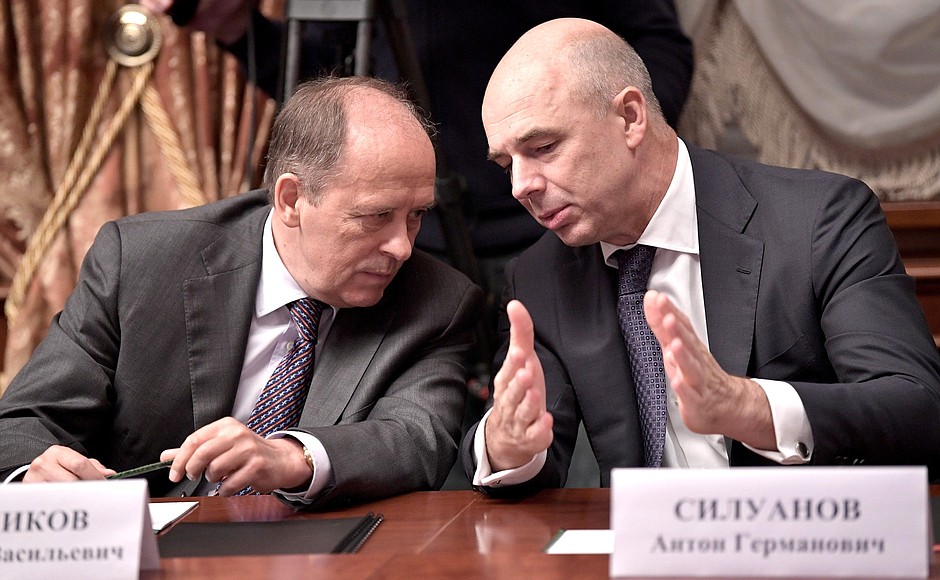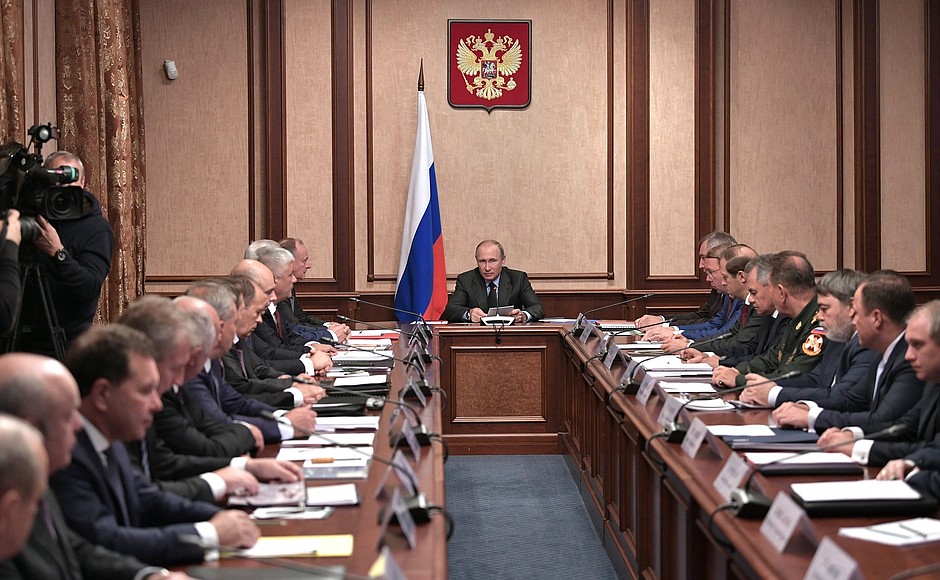The Almaz-Antey Air and Space Defence Corporation is a Russian group of companies that design and produce air and missile defence systems. The corporation comprises over 60 plants, research and production associations, design bureaus and research institutes.
The corporation produces ground and sea launched air defence missile systems and air and ground surveillance radar stations, automated control systems, as well as civilian equipment.
* * *
Opening speech at a meeting of the Military-Industrial Commission
President of Russia Vladimir Putin: Good afternoon, colleagues.
The Military-Industrial Commission is meeting at the Almaz-Antey Corporation. Before we start discussing the issues on our agenda today, I would like to congratulate the corporation’s personnel and the other workers in our defence industry on Defence Workers’ Day. As you know, a monument to Kalashnikov was unveiled in Moscow today.
I would like to thank the researchers, designers, engineers and workers who create reliable quality weapons and equipment for their responsible attitude and diligence. I wish new labour achievements, health and well-being to all of you and to your families.
See also
Colleagues, today we will review a number of issues dealing with the development of the Army and Navy armament system and the further consolidation of defence industry organisations.
One of the priority tasks of design bureaus, research institutes and defence companies is the development and production of advanced arms and equipment that determine the combat power of the Russian Army.
Importantly, it is necessary to keep this production independent of foreign components. For more than two years now, we have been carrying out the programme for the import substitution of foreign spare parts and components for military production.
Today I would like to hear your reports on how the industry is implementing the planned import substitution measures.
Another important issue is the creation of a standard database on research and development, the results of intellectual activity and design documentation for military products. As you know, these data have not been systematised and are in the possession of both the state ordering customer and the main executor.
Meanwhile, this database will obviously enhance the efficiency of the application of the results of ongoing research and development, as well as military and dual-purpose intellectual activities and technologies, particularly through their application in civilian sectors. In addition, it will create favourable conditions for promoting innovative development and enhancing the competitiveness of the defence industry.
Let me remind you that by 2025 the share of high-tech civilian and dual-purpose production should increase from 16 to 30 percent of the total commercial output.
I would like to discuss in detail the modernisation of defence industry enterprises.
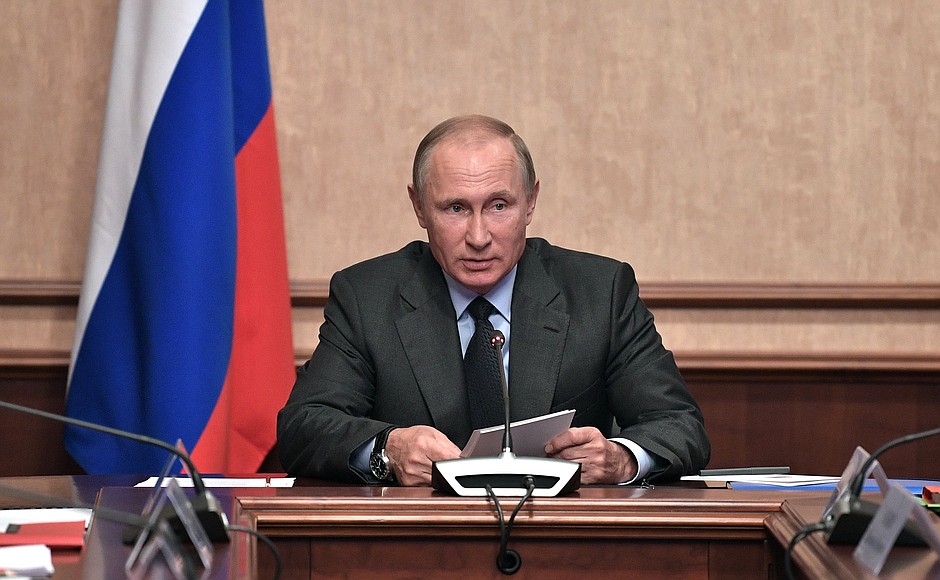
In May the question of assessing the efficiency of capital investment and its influence on reducing the cost of military output and decreasing the production cycle was raised at the meeting in Sochi.
Judging by the report on implementing state policy on defence industry that the Government submits every year, technical re-equipment is having a positive influence on the economic performance of defence industry enterprises and is enhancing their potential to produce advanced commercial armaments and equipment prototypes.
Overall, the defence industry reports sustainable growth rates that are higher than in many other industries. More precisely, output in the defence industry increased by 10.7 percent in 2016. Year-on-year production increased last year in all sectors, but growth was especially high in the electronics industry (18.5 percent), in the production of munitions and special chemicals (nearly 14.5 percent), conventional weapons (over 10 percent), aircraft manufacturing (9 percent) and shipbuilding (nearly 4 percent).
It is especially gratifying that production efficiency in integrated companies increased by 8.8 percent on average, while wages grew commensurately, which is a good sign. The majority of integrated companies balance labour efficiency growth and wage growth per worker.
However, labour efficiency at our companies is still lower than at their foreign rivals. Therefore, they need to continue reducing the prime cost of their produce by introducing resource-saving technology, streamlining their capacities and procurement activity, and other measures.
Before we start discussing the items on our agenda today, I would like to mention one more issue.
We have said many times that we need an effective system of fundamental and applied research, under which breakthrough technology will be introduced in production to strengthen national defences and bolster our economic growth.
One possible form of this is a modern innovative technopolis or technology park, which will have conditions for creative activity by both young and experienced researchers. Personnel for this park can be recruited from the research platoons, which have proved their worth, from research institutes, corporation design bureaus and other related institutions. Defence Minister [Sergei Shoigu] has updated me on these ideas. I consider them to be interesting and promising. We must think about implementing them.
And now let us get down to work.
<…>
